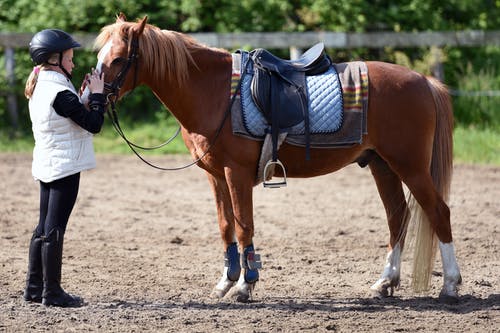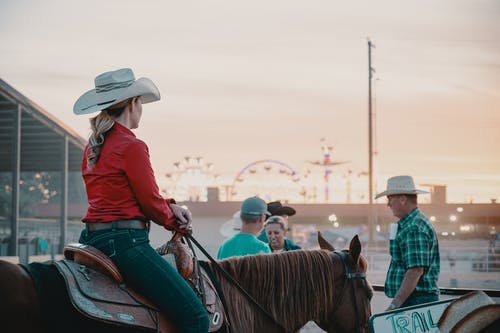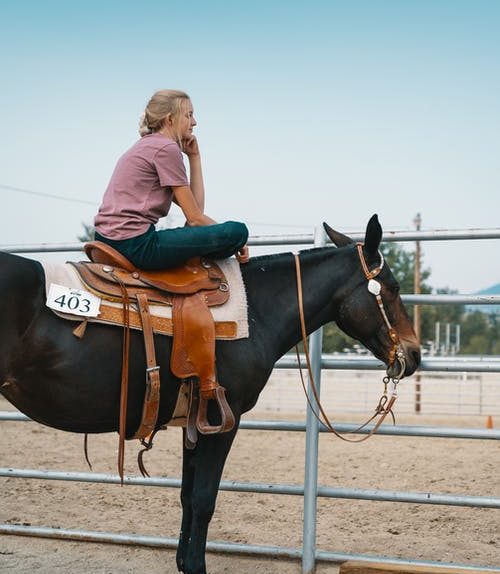Saddles are one of the most significant pieces of equipment that people acquire when they get their first horse, and they are typically one of the most expensive. As a result, it is a substantial financial investment, and selecting and purchasing a functional saddle will require considerable consideration and study on your behalf. Because most saddles have a lifespan that is several times greater than that of a horse, extra consideration should be exercised while selecting a saddle.
Not every saddle is appropriate for every horse, and not all saddle pads for horses are appropriate for every rider of the same size and shape, either. The characteristics of the horse’s anatomy must be considered while picking a saddle, including the shape and size of the withers, the length of the back, the slope of the shoulder, the spring of the rib, and the degree of muscling, especially in the shoulder. In some cases, especially when working with smaller horses and ponies, it is conceivable that you may need to take the total size of the horse into consideration.

The bulk of saddle fitting difficulties occur in the withers of the saddle. While there must be enough space between the withers to prevent injury, there must not be so much space that the entire system’s security is jeopardized. Aside from that, pressure should not be applied to specific areas of the back and withers of the horse. When a rider is mounted in a standard-issue saddle, the space between the withers and the gullet of the saddle should be roughly 2 inches.
It is possible that the horse’s withers are too high and narrow or that both factors are at play when there is insufficient space even with a large saddle blanket. It may be useful to add a thick cushion as well as a second or third blanket to the bed. If possible, it is better to have a saddle that is thinner to save weight.
The most common cause of injury to the withers is a saddle that has not been correctly fitted to the horse. As a result of the pain, the horse may exhibit undesired behaviours such as bucking and head slinging, and the saddle may cause the horse to refuse to be saddled in the future. Saddles that don’t fit properly are sometimes the result of a rider’s negligence, but they are more often the result of a rider’s lack of knowledge and concern for the horse’s well-being.

It is common to see horses with “mutton” withers wearing saddles that are far too thin for their bodies to support them. As a result, they are compelled to sit much higher in the front of the bus. Additional blankets should be utilized to avoid a sore back, but there is nothing else that can be done to alleviate the issue. To minimize the agony and weariness that might result from this situation, it is recommended that you change the saddle or the horse if possible. It is never recommended to rope a horse with an exceedingly thin saddle due to the sheer size of the animal being ridden.
